Winning with solar
June 17, 2025 at 6:00 a.m.By Mohammed Abdalla, Good Faith Energy.
Getting solar installed not only has energy benefits, but it can also have tax benefits!
Have you heard of the solar tax credit? If you haven’t, it’s the colloquial name for the Residential Clean Energy Credit. This credit rewards homeowners with a 30% federal tax credit when they get solar energy systems installed. In practice, that means if you were to spend $30,000 on any solar system from panels to batteries, you would receive $9,000 of tax credit reducing what you owe on your federal taxes. Keep reading as we dive into the details of this incentive, the eligibility criteria and the process of claiming it with insight from the experts here at Good Faith Energy.
Understanding the solar tax credit
The Residential Clean Energy Credit is a federal incentive designed to encourage the adoption of renewable energy sources, particularly solar photovoltaic (PV) systems. This credit allows homeowners to claim a percentage of the cost of installing a solar energy system on their federal income taxes, effectively reducing the overall expense of transitioning to solar power.
Key features of the solar tax credit
- Credit percentage: For systems installed between 2022 and 2032, homeowners can claim 30% of the total installation cost as a tax credit. This percentage is scheduled to decrease to 26% for systems installed in 2033 and further to 22% for systems installed in 2034.
- No cap: There is no upper limit on the amount that can be claimed. Whether your solar installation costs $10,000 or $100,000, you can claim the respective percentage without a maximum cap.
- Carryover provision: If the credit exceeds your tax liability for the year, you can carry the unused portion forward to subsequent years. This ensures you can fully utilize the credit even if you don’t have sufficient tax liability in the installation year.
- Energy independence: Allows homeowners to generate their own electricity, decreasing dependence on the grid and protecting against rising energy costs.
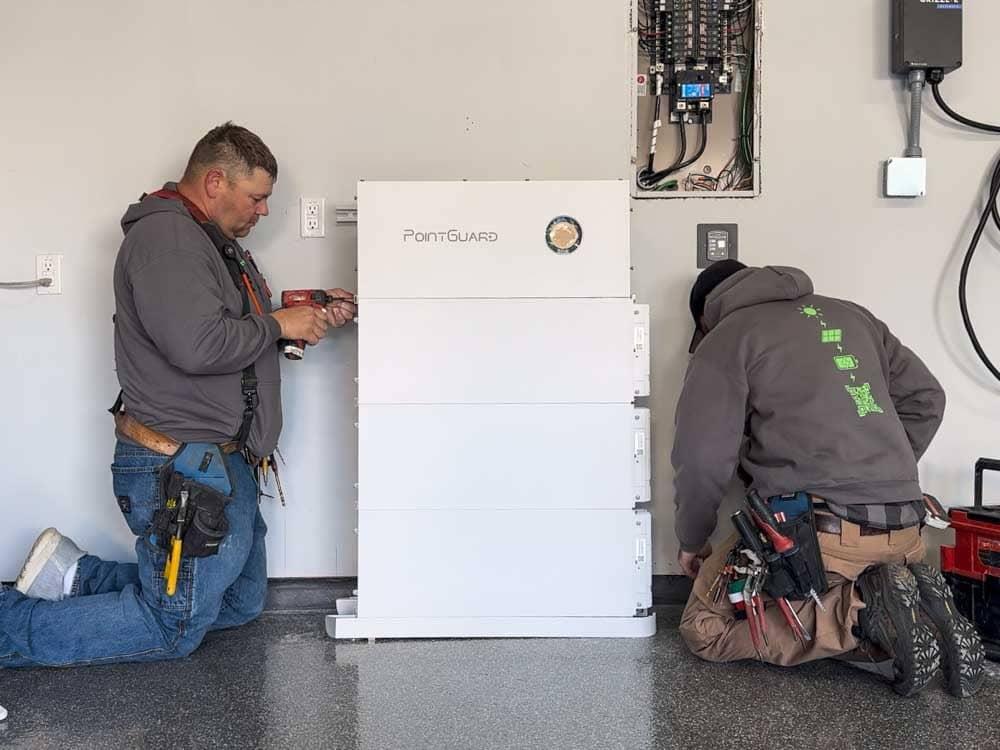
Does the solar tax credit apply to batteries?
Yes! Energy storage systems like Tesla Powerwall and Enphase IQ Batteries qualify for the 30% tax credit, even if they aren’t paired with solar panels. However, there are two key rules:
- If the battery is installed with solar, it automatically qualifies for the credit.
- If the battery is installed on its own, it must be charged at least 100% by solar to qualify.

Eligibility criteria
To qualify for the Solar Tax Credit, you must meet the following requirements:
- Ownership: You must own the solar PV system. Leased systems or those under power purchase agreements (PPAs) do not qualify, as the credit goes to the system owner.
- Location: The system must be installed at your primary or secondary residence within the United States. Installations on rental properties do not qualify.
- New equipment: The credit applies only to new installations. Upgraded or expanded systems may qualify only for the cost of the new components.
- Installation date: The system must be installed and operational during the tax year for which you’re claiming the credit. Claiming the credit for the year the system was installed
Qualifying expenses
- Solar panels: The cost of the solar PV panels or PV cells.
- Inverters: Devices that convert the generated DC electricity into AC electricity for home use.
- Mounting equipment: Racks and other hardware necessary to install the panels.
- Balance-of-system equipment: Wiring, switches and other electrical components.
- Energy storage devices: Battery storage systems with a capacity of at least 3 kilowatt-hours (kWh) are eligible if installed in conjunction with the solar system.
- Labor costs: Expenses related to site preparation, assembly, installation and permitting fees.
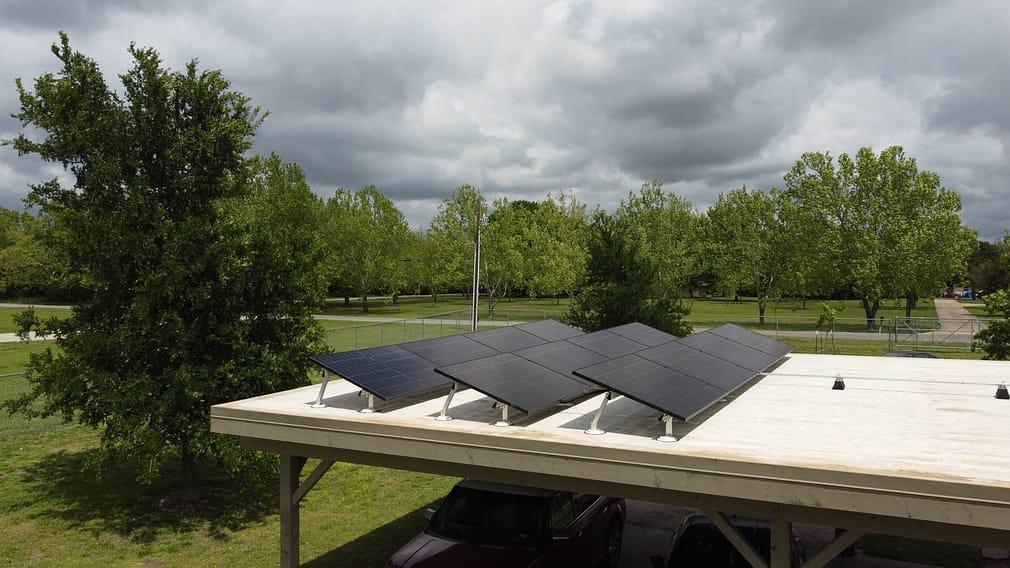
Claiming the solar tax credit
To claim the Solar Tax Credit, follow these steps:
- Complete IRS Form 5695: This form calculates the credit amount based on your installation costs. Enter the total system cost on Line 1, then multiply by 30% to get your credit amount.
- Transfer the final number to Schedule 3 of Form 1040.
- Transfer the credit: Enter the calculated credit from Form 5695 onto Schedule 3 (Form 1040), line 5.
- File your tax return: Submit Form 5695 along with your federal tax return.
- Retain Documentation: Keep all receipts and records of your solar installation and expenses. The IRS may request this documentation to verify your claim.
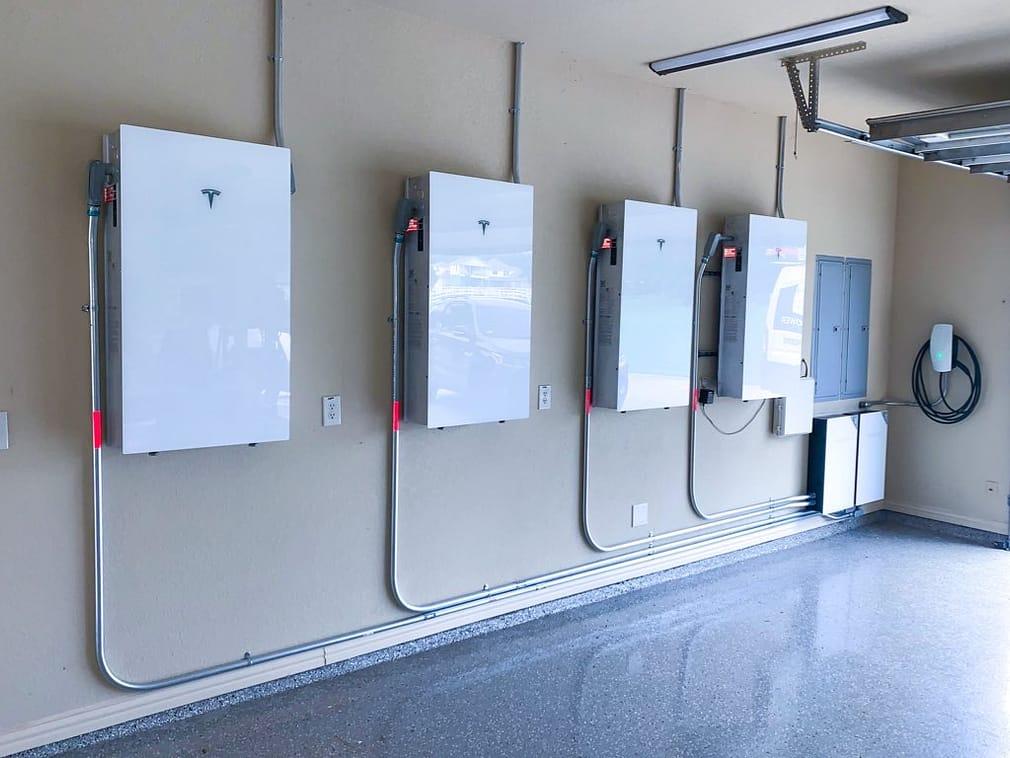
Texas solar incentives: Extra savings for homeowners
While Texas does not offer a state-specific solar tax credit, residents can still benefit from the federal Solar Tax Credit. Additionally, Texas homeowners may take advantage of other incentives:
- Property tax exemption: The added value of a solar installation is exempt from property taxes in Texas, preventing an increase in your property tax bill due to the improvement.
- Local utility rebates: Some Texas utilities offer rebates for solar installations. It’s advisable to check with your local utility provider for available programs.
- Net metering: Many Texas energy providers allow homeowners to earn bill credits for excess solar energy sent to the grid.
Why now is the best time to go solar
The 30% federal tax credit is set to remain at this rate until 2032, but there’s no guarantee incentives will always be this generous. Here’s why now is the best time to invest in solar:
- Rising electricity costs: Texas energy rates continue to climb, making solar an even smarter investment.
- Energy independence: Solar and batteries protect your home from power outages and grid instability.
- Limited-time promotions: Good Faith Energy frequently offers exclusive deals to help homeowners save even more.
Conclusion
The federal solar tax credit is one of the best incentives available for homeowners looking to switch to clean energy. By covering 30% of solar and battery costs, this credit makes renewable energy more accessible and financially rewarding.
If you’re considering going solar in Texas, Good Faith Energy is here to help. With expert installation, top-tier battery options and a commitment to customer satisfaction, we ensure you get the maximum savings and best experience possible.
Original article and photo source: Good Faith Energy
Have a question? AskARoofer.
Find your local roofing contractor in the AskARoofer™ Contractor Directory.




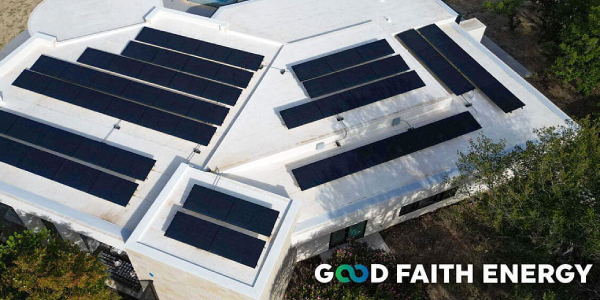

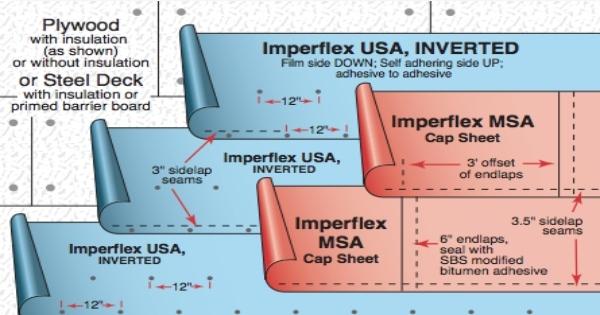
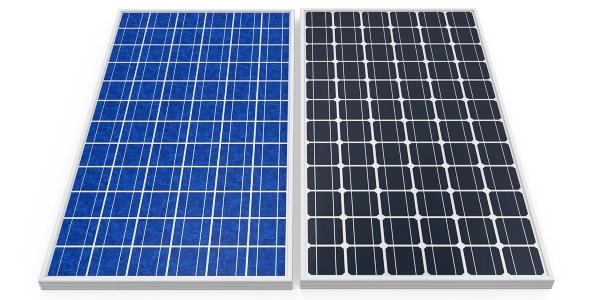






Comments
Leave a Reply
Have an account? Login to leave a comment!
Sign In